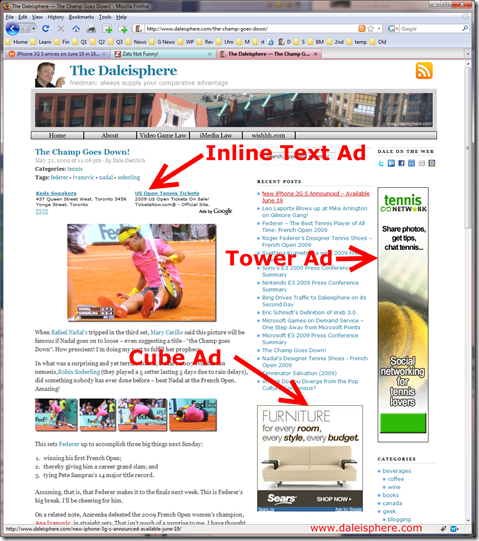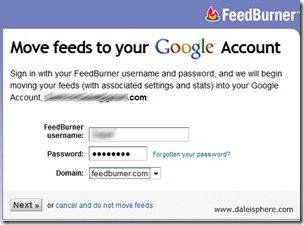 My first $100 in AdSense revenue was generated from my three blogs in approximately 10 months. My second $100 was generated in just over 3 months – from March 4 to June 7 2009. It took 327,383 served ad impressions to generate the first $100, 189,290 to generate the second.
My first $100 in AdSense revenue was generated from my three blogs in approximately 10 months. My second $100 was generated in just over 3 months – from March 4 to June 7 2009. It took 327,383 served ad impressions to generate the first $100, 189,290 to generate the second.
As I described in my ‘Analyzing My First $100 from Google AdSense’ post, for this last three month period I dropped footer ads in lieu of what I hoped to be a more lucrative ad type – inline text ads. I was right. Some how I also benefited from higher per-click revenues (see details below) for the second $100 than I did for the first $100.
Ad Structure
For the last three months each of my sites used the following three primary ad types (channels in AdSense parlance) – each as depicted in the image below:
- tower ads (120 x 600 down the right column);
- cube ads (250 x 250 in the middle column); and
- inline text ads (468 x 60 in-post text ads – below the title, categories and tags fields and above each post entry).
Continue reading “Analyzing My Second $100 from Google AdSense – in One Third the Time”


 I signed up for
I signed up for 

 Until two days ago, I was blissfully unaware of the fact that Google had purchased
Until two days ago, I was blissfully unaware of the fact that Google had purchased